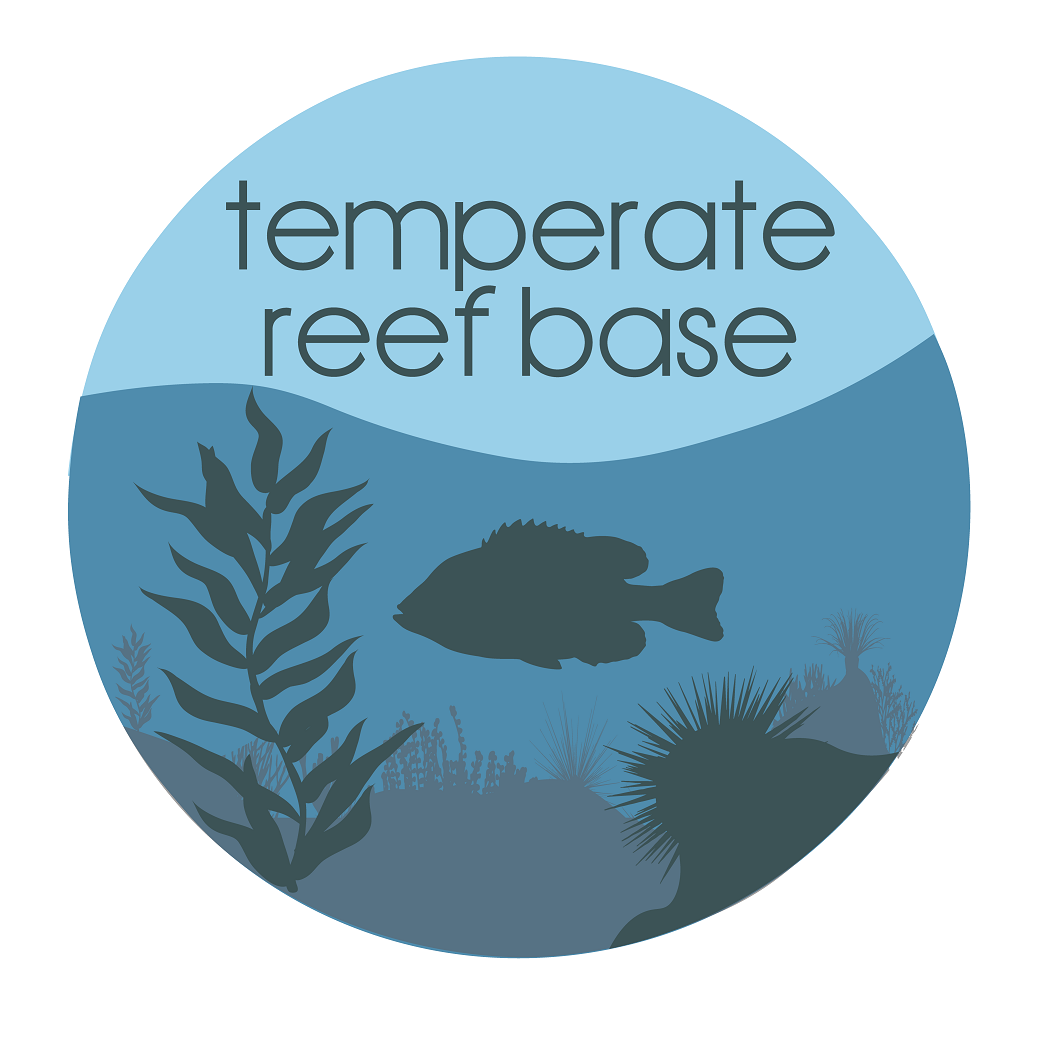WATER TEMPERATURE
Type of resources
Topics
Keywords
Contact for the resource
Provided by
Years
-
Temperature loggers have been deployed at a range of sites statewide in waters ranging between 6 and 22m depth. From 2012, 27 sites around Tasmania are being monitored. This record shows data collected from 2004 up to December 2020. Data is still being collected (April 2023) and will be added to this collection as it becomes available.
-
Zooplankton samples were collected at two sites in south eastern Tasmania, between the years 2000 and 2001 using two types of plankton net. Samples were collected using horizontal hauls during the daytime only. All copepods, salps and chaetognaths were identified and enumerated.
-
Sixty animals were collected from each of Bass Pt, New South Wales (lat 34°35' S, long 150°54' E; August 2000); south side of East Cove, Deal Is, Bass St. (lat 39°28.4' S, long 147°18.4' E; June 2000) and Fortescue Bay, Tasmania (lat 43°8.5' S, long 148°0.0' E; October 2000 and April 2001). To examine the genetic relationship between the three site populations of Centrostephanus rodgersii, allelic diversity and heterozygosity among the three sites was compared using BIOSYS.
-
The occurence and distribution of zooplankton species off the east coast of Tasmania was investigated between 1971 and 1973. Samples were collected at stations distributed along three transects extending seaward. Temperature and salinity data was collected at the same time.
-
Zooplankton samples were collected at inshore coastal waters of south eastern Tasmania, between the years 1971 and 1972. Three stations were selected to cover the D'Entrecasteaux Channel, mouth of the Derwent River and the Storm Bay areas. Surface, midwater and bottom zooplankton samples were collected monthly for a period of twelve months during the day as well as night time, using horizontal tows. Data for temperature and salinity were also obtained from the stations.
-
Physical and chemical parameters at five Pacific oyster (Crassostrea gigas) growing areas in Tasmania - Pittwater, Pipeclay Lagoon, Little Swanport, Georges Bay and Simpsons Bay - were measured as part of a study to determine the carrying capacity of the areas for oyster farming. The data represented by this record, was collected in Pipeclay Lagoon. This has provided valuable environmental data for these areas. The hydrodynamic regimes at each area except Simpsons Bay were studied, including high and low water volumes, flushing rates, flow rates and depth contours. Temperature, salinity and concentrations of nitrates, phosphates, silicates and chlorophyll a were measured monthly at several sites in each area. The change in these parameters over different time scales also was examined at two sites in Pittwater and indicated temporal and spatial variability in the environmental parameters measured.
-
A 12-month program was developed and implemented in order to obtain baseline information on water quality (salinity, water temperature, dissolved oxygen, turbidity, pH, dissolved nutrients, silica), ecological condition as shown by Chlorophyll a, benthic macroinvertebrates, pathogens, and habitat extent determined from habitat mapping. Five key estuaries and coastal waters were assessed in the Southern NRM Region of Tasmania. The data represented by this record was collected in Little Swanport.
-
A 12-month program was developed and implemented in order to obtain baseline information on water quality (salinity, water temperature, dissolved oxygen, turbidity, pH, dissolved nutrients, silica), ecological condition as shown by Chlorophyll a, benthic macroinvertebrates, pathogens, and habitat extent determined from habitat mapping. Five key estuaries and coastal waters were assessed in the Southern NRM Region of Tasmania. The data represented by this record was collected in North West Bay.
-
Physical and chemical parameters at five Pacific oyster (Crassostrea gigas) growing areas in Tasmania - Pittwater, Pipeclay Lagoon, Little Swanport, Georges Bay and Simpsons Bay - were measured as part of a study to determine the carrying capacity of the areas for oyster farming. This has provided valuable environmental data for these areas. The hydrodynamic regimes at each area except Simpsons Bay were studied, including high and low water volumes, flushing rates, flow rates and depth contours. Temperature, salinity and concentrations of nitrates, phosphates, silicates and chlorophyll a were measured monthly at several sites in each area. The change in these parameters over different time scales also was examined at two sites in Pittwater and indicated temporal and spatial variability in the environmental parameters measured.
-
The barrens-forming sea urchin Centrostephanus rodgersii has undergone poleward range extension to eastern Tasmania. This data compares growth, morphology, reproductive investment and gonad indices between individuals inhabiting barrens ('barrens-maintaining' urchins') with those found on kelp beds ('barrens-forming' urchins) in north eastern Tasmania. The data set is comprised of 3 files. The first (Centrostephanus_biometrics_kelp_vs_barrens_urch.xls) compares biometrics of urchins across 3 sites and 2 habitats in eastern Tasmania. The second (Copy_of_Centrostephanus_annual_jaw_growth_increments.xls) compares annual growth increments of urchins in kelp bed and barren habitat including an additional site in south eastern Tasmania (The Lanterns - Tasman Peninsula) to allow comparison of growth across the newly extended range. The third (Jaw_TD_allometery.xlsx) provides a conversion between the allometry of jaw length and test diameter. Ultimately a generalised growth model for the sea urchin in kelp bed habitat was obtained for eastern Tasmania.
 TemperateReefBase Geonetwork Catalogue
TemperateReefBase Geonetwork Catalogue